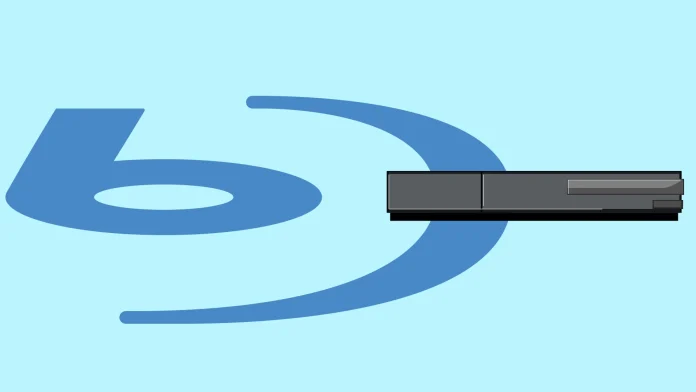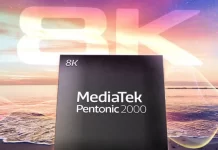Occasionally, we get some interesting questions in our inbox, which caught my attention. It’d be great to share my response with everyone. The question has two parts to it, so let’s dive into the first part:
“Hey, I’ve been thinking – is there a big difference in picture quality between the cheap Blu-ray players and the costly ones? They all just read the disc and send the picture to the TV or receiver, don’t they?
Alright, let me give you my take on this. If you’re scratching your head over whether there’s a big difference in image quality between the budget and the high-end Blu-ray players, I’d say generally, no. This is particularly true if both players support the exact resolution, like 4K, which is the norm nowadays.
The only minor difference you might spot between a budget Blu-ray player and a pricier one could be in some tiny image details, and that’s due to how they decode the video. Think of it like this: every Blu-ray disc is packed with encrypted videos that need to be decoded before they pop up on your TV screen. But here’s the thing – this slight difference in the decoding process doesn’t usually impact the overall image quality. It’s more about how your TV handles and displays the image.
“And, do you think it’s worth spending extra on a high-end Blu-ray player? What’s your take?”
I don’t see the point in spending more on a pricier Blu-ray player. This question would have been more relevant about 7-8 years ago when there was a wider variety of brands and price ranges in the Blu-ray player market. But the situation today is quite different.
Let me tell you, if you pop into any electronics store or check out an online shop these days, you’ll likely notice that even the more affordable Blu-ray players come from reliable brands like Panasonic, Sony, or LG. This is a significant shift in the market. Now, you can get quality products from well-respected manufacturers, even on a budget.
Let’s say you’re looking at two Panasonic Blu-ray players: around $150-200, and the other’s about $500. When you compare these two, you’ll find that the fundamental differences aren’t actually about the picture quality on your TV. It’s more about the build and design. The pricier model might have a more upscale look, with more metal parts and higher-quality plastic. It could also be easier to use, load discs faster, and support a broader range of audio formats. These features might make the more expensive player feel like a better deal, but when it comes down to the actual image quality on your screen, both players, despite their price difference, tend to perform pretty much the same.





